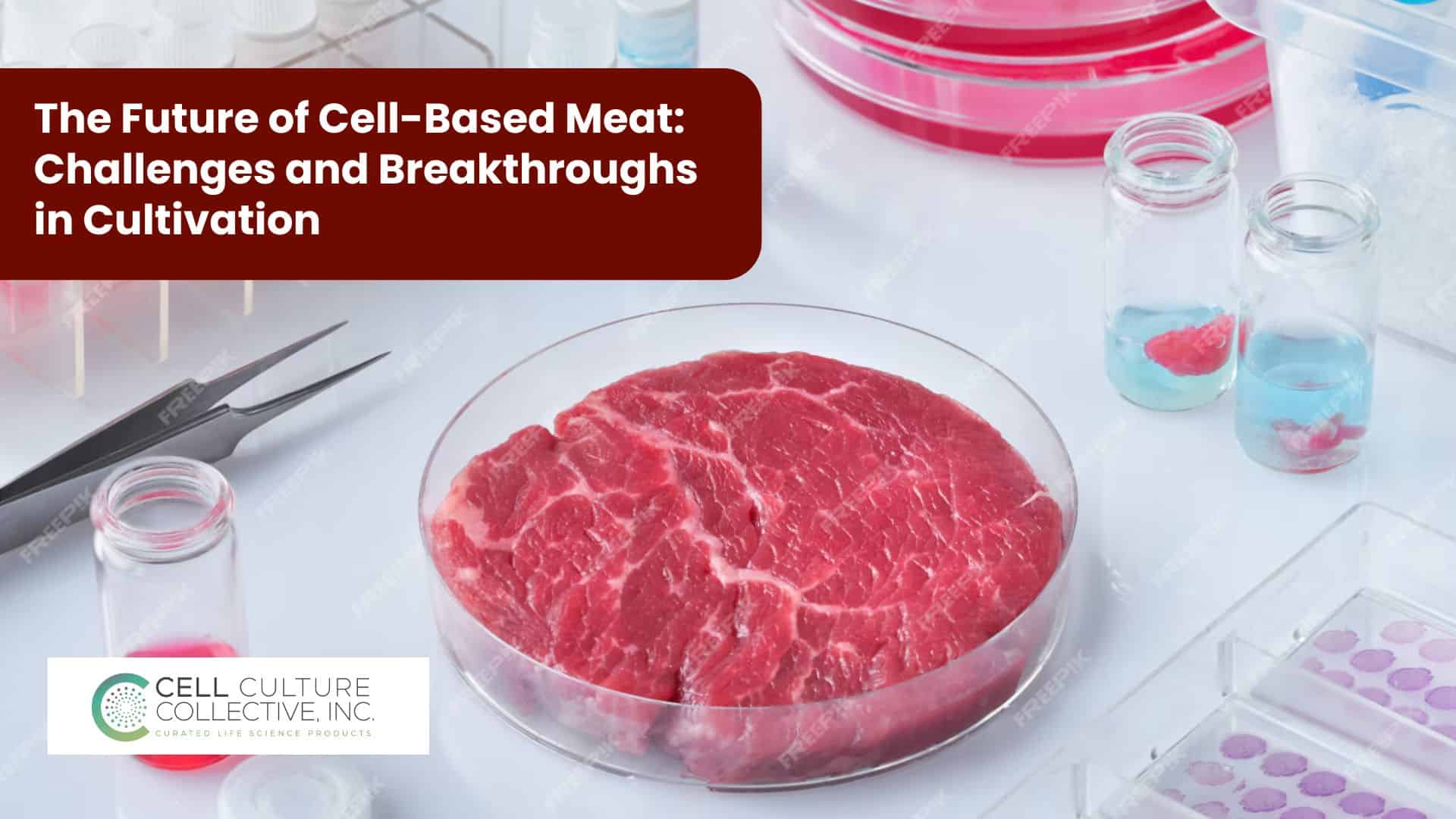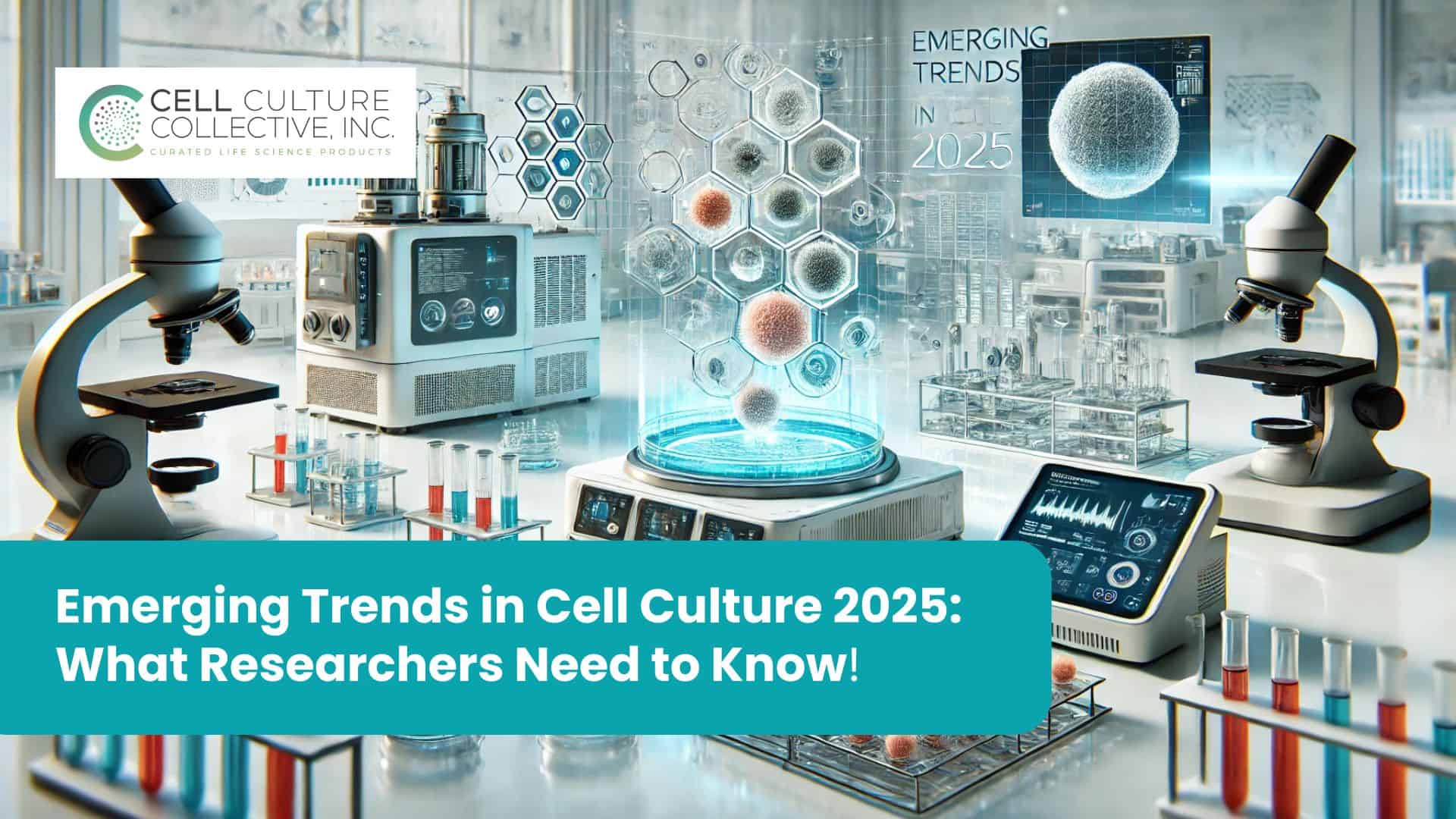Ever wondered how science can turn a single, healthy cell into a breakthrough that changes lives? That’s exactly what tissue culture is all about. A tiny, healthy cell carefully nurtured in a lab transforms into something extraordinary—whether it’s a life-saving vaccine, a genetically superior plant, or even a stepping stone toward regenerative medicine.
Tissue culture is the art and science of growing cells in a controlled environment, and it’s a cornerstone of research and innovation. From discovering treatments for diseases to revolutionizing how we produce food, this process has paved the way for incredible advancements.
In this blog, we’ll walk you through the fascinating process of tissue culture using healthy cells, highlight animal cell culture methods, understand its diverse applications, and uncover the critical role of aseptic techniques. So, whether you’re a science enthusiast or someone curious about how innovation shapes our world, you’re in for a treat.

What Are Healthy Cells in Tissue Culture?
Healthy cells are the unsung heroes of tissue culture—they’re the building blocks for everything from groundbreaking research to practical applications. But what exactly are “healthy” cells? Simply put, they are cells that exhibit normal growth, morphology, and function, free from contamination or genetic abnormalities. These cells ensure that the tissue culture process delivers reliable and reproducible results.
In the context of tissue culture, healthy cells can come from various sources:
- Animal Cells: Often used in medical research and drug testing. For example, epithelial cells are commonly cultured to study disease pathways.
- Plant Cells: Used to clone crops, produce genetically modified organisms (GMOs), or develop disease-resistant plants.
- Stem Cells: These versatile cells have the potential to differentiate into various cell types, making them invaluable in regenerative medicine.
Selecting healthy cells isn’t just important—it’s crucial. A contaminated or damaged sample can derail an entire experiment, wasting valuable time and resources. That’s why the process starts with meticulous screening, ensuring only the best cells make it to the culture stage.
Up next, we’ll explore how these healthy cells are transformed in the lab using cutting-edge tissue culture techniques.
The Step-by-Step Process of Tissue Culture Using Healthy Cells
Tissue culture may sound like a complex scientific marvel—and it is—but at its heart, the process is beautifully methodical. Let’s break it down step by step, so you can see how healthy cells are nurtured into something extraordinary:
1. Selecting and Preparing Healthy Cells
The process begins with selecting a high-quality cell sample, whether it’s plant tissue, animal cells, or even stem cells. These cells are carefully extracted and cleaned to remove any potential contaminants. For example:
- Plant cells might come from a leaf or root tip.
- Animal cells are often taken from tissues like the liver, kidney, or skin.
2. Disaggregation of Tissue
To create a successful culture, cells must be isolated from their parent tissue. This is done using:
- Enzymes like trypsin or collagenase for animal cells.
- Mechanical methods such as cutting or grinding for plant explants.
3. Preparing the Culture Medium
Think of the medium as the ultimate buffet for cells—it contains all the nutrients, vitamins, and growth factors they need to thrive.
- For animal cells: DMEM or RPMI media is enriched with fetal bovine serum (FBS).
- For plant cells: Hormones like auxins and cytokinins are added to encourage growth and differentiation.
4. Sterile Environment and Aseptic Techniques
Sterility is everything in tissue culture. Contamination by bacteria, fungi, or viruses can ruin the entire process. Labs use:
- Laminar flow hoods for sterile handling.
- Autoclaved equipment and aseptic techniques to ensure a pristine environment.

5. Culturing and Incubation
Once the cells are in their medium, they’re placed in a controlled environment:
- Temperature: Mimicking the organism’s natural conditions (e.g., 37°C for human cells).
- Humidity: To keep cells hydrated.
- Light cycles: For plants that require photosynthesis.
6. Growth Monitoring and Passaging
As cells grow, they are monitored under microscopes to ensure they are healthy and contaminant-free. When they outgrow their container, they are transferred (or “passaged”) into fresh medium to continue thriving.
7. (Optional) Cryopreservation
If the cultured cells aren’t needed immediately, they are frozen in liquid nitrogen at -196°C. This allows researchers to preserve the cells for future experiments.
Tissue Culture Applications: Shaping Industries and Lives
Tissue culture is a powerhouse of innovation with applications that touch every corner of our lives. From groundbreaking medical therapies to transforming agriculture, here’s how this process is making waves:
1. Medicine and Healthcare
Tissue culture plays a pivotal role in advancing medicine:
- Drug Development and Testing: Cultured animal cells are used to test new drugs, reducing the need for animal testing and ensuring safety before clinical trials.
- Regenerative Medicine: Stem cell cultures are at the forefront of treating injuries, diseases, and even growing organs.
- Vaccine Production: Culturing healthy cells is vital for creating vaccines, including life-saving ones like polio and COVID-19 vaccines.
2. Agriculture and Food Security
In agriculture, tissue culture is a game-changer:
- Mass Propagation of Plants: Farmers can grow millions of identical, disease-free plants from a single parent plant.
- Genetic Modification: Tissue culture allows for the introduction of desirable traits, such as drought resistance or higher yields.
- Preservation of Rare Species: By culturing cells from endangered plants, scientists can ensure their survival.

3. Biotechnology and Industrial Uses
- Secondary Metabolite Production: Compounds like alkaloids, used in medicine and cosmetics, are mass-produced through cultured plant cells.
- Artificial Meat: Cultured animal cells are paving the way for sustainable lab-grown meat.
4. Education and Research
- Cell Biology Studies: Tissue culture offers a controlled way to study cellular behavior, genetics, and disease mechanisms.
- Toxicology Testing: It’s used to test the effects of chemicals, ensuring consumer products are safe for use.
Conclusion
Tissue culture is more than just a scientific process—it’s a window into the future. From cultivating healthy cells to driving breakthroughs in medicine, agriculture, and biotechnology, it’s reshaping how we tackle the world’s biggest challenges. Whether it’s creating life-saving vaccines, preserving endangered species, or advancing regenerative medicine, the applications are as diverse as they are impactful.
At its heart, tissue culture thrives on precision, innovation, and dedication. It’s the meticulous preparation of healthy cells, the careful crafting of a sterile environment, and the transformative power of science that makes it all possible.
As technology continues to advance, the potential of tissue culture is limitless. Imagine a world where organ transplants are grown in labs, or crops are engineered to survive the harshest climates—all starting from a single cell.
So, the next time you hear about a groundbreaking medical treatment or an agricultural innovation, remember the silent hero behind it all: tissue culture. This process isn’t just growing cells—it’s growing the future.
Note: All the images used are generated using ai










